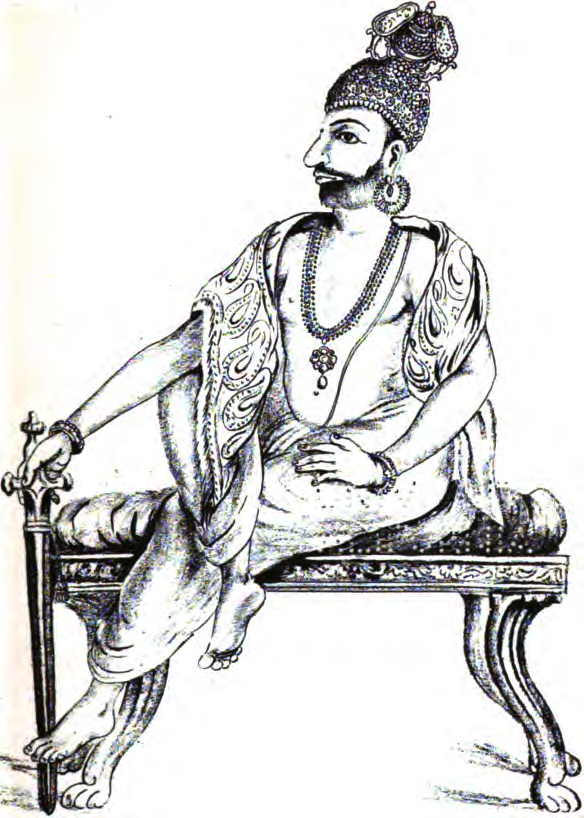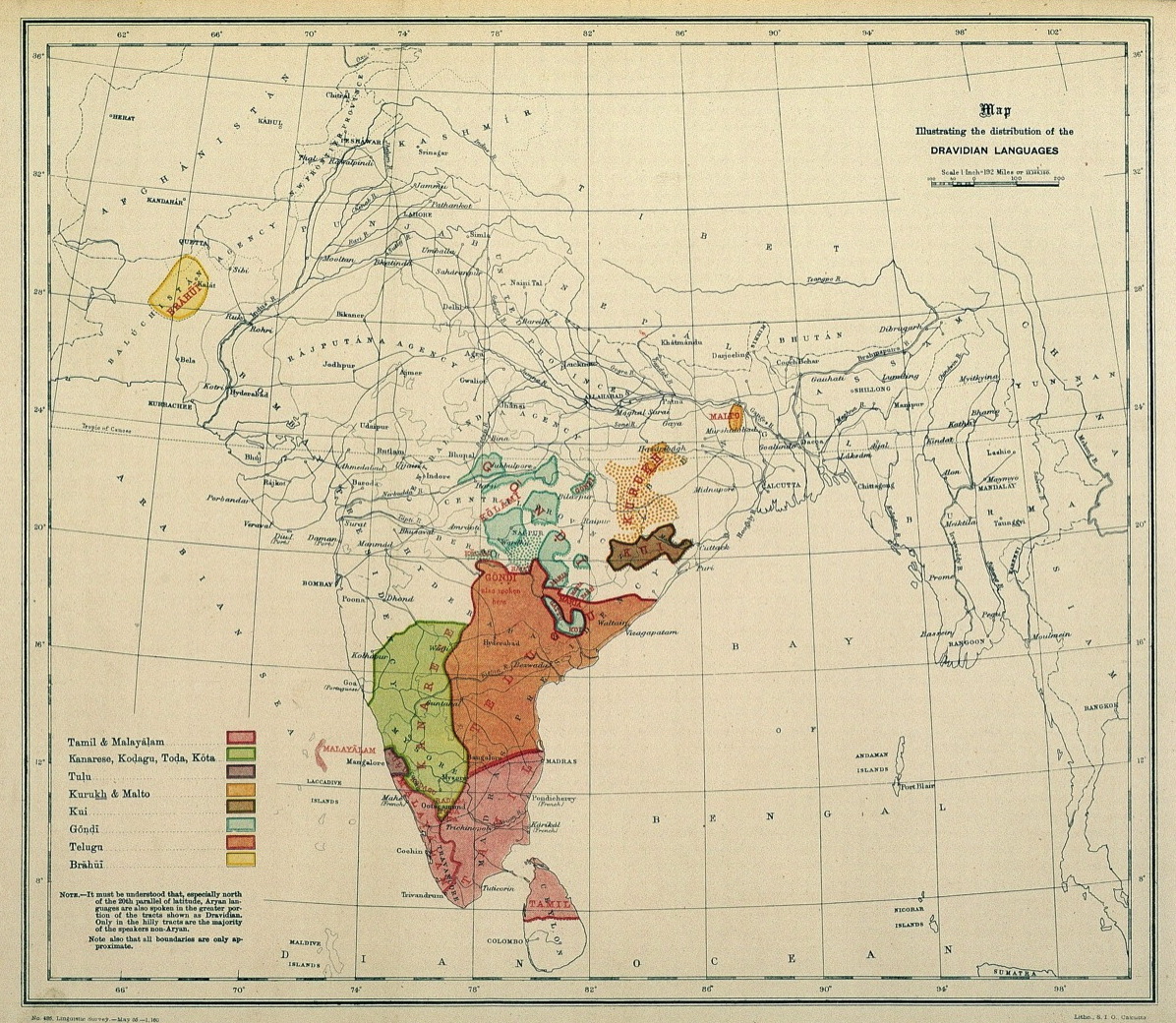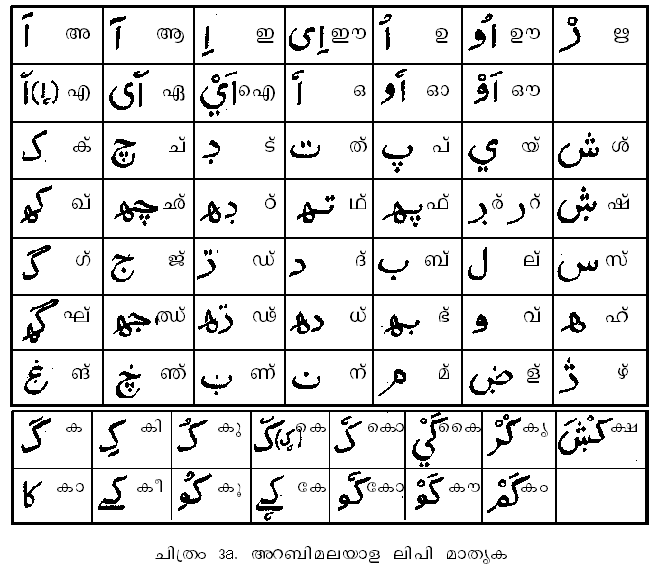|
Malayalam University
Thunchath Ezhuthachan Malayalam University, also called Malayalam University, is a state university in Tirur, Kerala, India. History It was established by the Government of Kerala and inaugurated by Chief Minister Oommen Chandy on 1 November 2012 in a function held in the premises of Thunchanparamba, the home of Thunchath Ezhuthachan in Tirur, Malappuram, Kerala. K. Jayakumar, a civil servant of the Indian Administrative Service cadre, who retired as the Chief Secretary of Kerala on 31 October 2012, prepared the Project Report of the university. He is the first Vice-Chancellor of Malayalam University. The university is named after Thunchaththu Ramanujan Ezhuthachan, a 16th-century CE Malayalam litterateure whose writings helped develop Malayalam as a language with a script of 51 letters, vocabulary, and literature. Thunchath Ezhuthachan was born at Trikkantiyur in Thunchan Parambu in Tirur, in the state of Kerala. At the time of its inauguration Malayalam University had n ... [...More Info...] [...Related Items...] OR: [Wikipedia] [Google] [Baidu] |
Governor Of Kerala
The governor of Kerala is the constitutional head of state of the southern Indian state of Kerala. The governor is appointed by the President of India, and holds office at the President's pleasure. The governor is ''de jure'' head of the government of Kerala; all its executive actions are taken in the governor's name. The elected council of ministers is headed by the chief minister of Kerala, who thus holds ''de facto'' executive authority in the state. The Constitution of India also empowers the governor to act upon their own discretion, such as the ability to appoint or dismiss a ministry (collective executive), ministry, recommend President's rule, or reserve bills for the president's assent.Durga Das Basu. ''Introduction to the Constitution of India''. 1960. 20th edition, 2011 reprint. LexisNexis Butterworths Wadhwa Nagpur. . p. 237, 241–44. Note: although the text talks about Indian state governments in general, it applies for the specific case of Kerala as well. Since 2 ... [...More Info...] [...Related Items...] OR: [Wikipedia] [Google] [Baidu] |
Litterateur
An intellectual is a person who engages in critical thinking, research, and reflection about the nature of reality, especially the nature of society and proposed solutions for its normative problems. Coming from the world of culture, either as a creator or as a mediator, the intellectual participates in politics, either to defend a concrete proposition or to denounce an injustice, usually by either rejecting, producing or extending an ideology, and by defending a system of values. Etymological background "Man of letters" The term "man of letters" derives from the French term ''belletrist'' or ''homme de lettres'' but is not synonymous with "an academic". A "man of letters" was a literate man, able to read and write, and thus highly valued in the upper strata of society in a time when literacy was rare. In the 17th and 18th centuries, the term ''Belletrist(s)'' came to be applied to the ''literati'': the French participants in—sometimes referred to as "citizens" of—t ... [...More Info...] [...Related Items...] OR: [Wikipedia] [Google] [Baidu] |
Culture Of Kerala
The culture of Kerala has developed over the past millennia, with influences from other parts of India and abroad.. It is defined by its antiquity and the organic continuity sustained by the Malayali people.. Modern Kerala society took shape owing to migrations from different parts of India and abroad throughout Classical Antiquity. Kerala traces its non-prehistoric cultural genesis to its membership (around the AD 3rd century) in a vaguely defined historical region known as ''Thamizhagom'' – a land defined by a common Tamil culture and encompassing the Chera, Chola, and Pandya kingdoms. At that time, the music, dance, language (first ''Dravida Bhasha'' – "Dravidian language (possibly Proto-Tamil)". – then Tamil), and '' Sangam'' (a vast corpus of Tamil literature composed between 1,500–2,000 years ago) found in Kerala were all similar to that found in the rest of ''Thamizhagom'' (today's Tamil Nadu). The culture of Kerala evolved through the Sanskritization of ... [...More Info...] [...Related Items...] OR: [Wikipedia] [Google] [Baidu] |
Translation
Translation is the communication of the semantics, meaning of a #Source and target languages, source-language text by means of an Dynamic and formal equivalence, equivalent #Source and target languages, target-language text. The English language draws a terminological distinction (which does not exist in every language) between ''translating'' (a written text) and ''interpreting'' (oral or Sign language, signed communication between users of different languages); under this distinction, translation can begin only after the appearance of writing within a language community. A translator always risks inadvertently introducing source-language words, grammar, or syntax into the target-language rendering. On the other hand, such "spill-overs" have sometimes imported useful source-language calques and loanwords that have enriched target languages. Translators, including early translators of sacred texts, have helped shape the very languages into which they have translated. Becau ... [...More Info...] [...Related Items...] OR: [Wikipedia] [Google] [Baidu] |
Museology
Museology (also called museum studies or museum science) is the study of museums. It explores the history of museums and their role in society, as well as the activities they engage in, including curating, preservation, public programming, and education. Terminology The words that are used to describe the study of museums vary depending on language and geography. For example, while "museology" is becoming more prevalent in English, it is most commonly used to refer to the study of museums in French (), Spanish (), German (), Italian (), and Portuguese () – while English speakers more often use the term "museum studies" to refer to that same field of study. When referring to the day-to-day operations of museums, other European languages typically use derivatives of the Greek "" (French: , Spanish: , German: , Italian: , Portuguese: ), while English speakers typically use the term "museum practice" or "operational museology" Development of the field The development of museol ... [...More Info...] [...Related Items...] OR: [Wikipedia] [Google] [Baidu] |
Archaeology
Archaeology or archeology is the study of human activity through the recovery and analysis of material culture. The archaeological record consists of Artifact (archaeology), artifacts, architecture, biofact (archaeology), biofacts or ecofacts, archaeological site, sites, and cultural landscapes. Archaeology can be considered both a social science and a branch of the humanities. It is usually considered an independent academic discipline, but may also be classified as part of anthropology (in North America – the four-field approach), history or geography. The discipline involves Survey (archaeology), surveying, Archaeological excavation, excavation, and eventually Post excavation, analysis of data collected, to learn more about the past. In broad scope, archaeology relies on cross-disciplinary research. Archaeologists study human prehistory and history, from the development of the first stone tools at Lomekwi in East Africa 3.3 million years ago up until recent decades. A ... [...More Info...] [...Related Items...] OR: [Wikipedia] [Google] [Baidu] |
Epigraphy
Epigraphy () is the study of inscriptions, or epigraphs, as writing; it is the science of identifying graphemes, clarifying their meanings, classifying their uses according to dates and cultural contexts, and drawing conclusions about the writing and the writers. Specifically excluded from epigraphy are the historical significance of an epigraph as a document and the artistic value of a literature, literary composition. A person using the methods of epigraphy is called an ''epigrapher'' or ''epigraphist''. For example, the Behistun inscription is an official document of the Achaemenid Empire engraved on native rock at a location in Iran. Epigraphists are responsible for reconstructing, translating, and dating the trilingual inscription and finding any relevant circumstances. It is the work of historians, however, to determine and interpret the events recorded by the inscription as document. Often, epigraphy and history are competences practised by the same person. Epigraphy is ... [...More Info...] [...Related Items...] OR: [Wikipedia] [Google] [Baidu] |
Novel
A novel is an extended work of narrative fiction usually written in prose and published as a book. The word derives from the for 'new', 'news', or 'short story (of something new)', itself from the , a singular noun use of the neuter plural of ''novellus'', diminutive of ''novus'', meaning 'new'. According to Margaret Doody, the novel has "a continuous and comprehensive history of about two thousand years", with its origins in the Ancient Greek and Roman novel, Medieval Chivalric romance, and the tradition of the Italian Renaissance novella.Margaret Anne Doody''The True Story of the Novel'' New Brunswick, NJ: Rutgers University Press, 1996, rept. 1997, p. 1. Retrieved 25 April 2014. The ancient romance form was revived by Romanticism, in the historical romances of Walter Scott and the Gothic novel. Some novelists, including Nathaniel Hawthorne, Herman Melville, Ann Radcliffe, and John Cowper Powys, preferred the term ''romance''. Such romances should not be con ... [...More Info...] [...Related Items...] OR: [Wikipedia] [Google] [Baidu] |
Short Story
A short story is a piece of prose fiction. It can typically be read in a single sitting and focuses on a self-contained incident or series of linked incidents, with the intent of evoking a single effect or mood. The short story is one of the oldest types of literature and has existed in the form of legends, Myth, mythic tales, Folklore genre, folk tales, fairy tales, tall tales, fables, and anecdotes in various ancient communities around the world. The modern short story developed in the early 19th century. Definition The short story is a crafted form in its own right. Short stories make use of plot, resonance and other dynamic components as in a novel, but typically to a lesser degree. While the short story is largely distinct from the novel or novella, novella/short novel, authors generally draw from a common pool of literary techniques. The short story is sometimes referred to as a genre. Determining what exactly defines a short story remains problematic. A classic definition ... [...More Info...] [...Related Items...] OR: [Wikipedia] [Google] [Baidu] |
Poem
Poetry (from the Greek language, Greek word ''poiesis'', "making") is a form of literature, literary art that uses aesthetics, aesthetic and often rhythmic qualities of language to evoke meaning (linguistics), meanings in addition to, or in place of, Denotation, literal or surface-level meanings. Any particular instance of poetry is called a poem and is written by a poet. Poets use a variety of techniques called poetic devices, such as assonance, alliteration, Phonaesthetics#Euphony and cacophony, euphony and cacophony, onomatopoeia, rhythm (via metre (poetry), metre), and sound symbolism, to produce musical or other artistic effects. They also frequently organize these effects into :Poetic forms, poetic structures, which may be strict or loose, conventional or invented by the poet. Poetic structures vary dramatically by language and cultural convention, but they often use Metre (poetry), rhythmic metre (patterns of syllable stress or syllable weight, syllable (mora) weight ... [...More Info...] [...Related Items...] OR: [Wikipedia] [Google] [Baidu] |
Dravidian Languages
The Dravidian languages are a language family, family of languages spoken by 250 million people, primarily in South India, north-east Sri Lanka, and south-west Pakistan, with pockets elsewhere in South Asia. The most commonly spoken Dravidian languages are (in descending order) Telugu language, Telugu, Tamil language, Tamil, Kannada, and Malayalam, all of which Classical languages of India, have long literary traditions. Smaller literary languages are Tulu language, Tulu and Kodava language, Kodava. Together with several smaller languages such as Gondi language, Gondi, these languages cover the southern part of India and the northeast of Sri Lanka, and account for the overwhelming majority of speakers of Dravidian languages. Malto language, Malto and Kurukh language, Kurukh are spoken in isolated pockets in eastern India. Kurukh is also spoken in parts of Nepal, Bhutan and Bangladesh. Brahui language, Brahui is mostly spoken in the Balochistan region of Pakistan, Sistan and Baluc ... [...More Info...] [...Related Items...] OR: [Wikipedia] [Google] [Baidu] |
Malayalam Literature
Malayalam, the lingua franca of the Indian state of Kerala and the union territories of Lakshadweep and Puducherry (union territory), Puduchery, is one of the six classical languages of India. Malayalam literature comprises those literary texts written in Malayalam, a Dravidian languages, South-Dravidian language spoken in the Indian state of Kerala. The first travelogue in any Indian language is the Malayalam ''Varthamanappusthakam'', written by Paremmakkal Thoma Kathanar in 1785. Malayalam literature has been presented with 6 Jnanpith Award, Jnanapith awards, the second-most for any Dravidian language and the third-highest for any Indian language. The Sangam literature can be considered as the ancient predecessor of Malayalam. The origin of Malayalam calendar dates back to year 825 CE. It is generally agreed that the Quilon Syrian copper plates of 849/850 CE is the available oldest inscription written in Old Malayalam. The earliest known literary works in Malayalam are ''Rama ... [...More Info...] [...Related Items...] OR: [Wikipedia] [Google] [Baidu] |








